Optimal Timing for Shrub Trimming
Understanding the optimal timing for shrub trimmings ensures healthy growth and maintains the aesthetic appeal of landscapes. Proper timing can prevent disease, promote vigorous growth, and improve flowering.
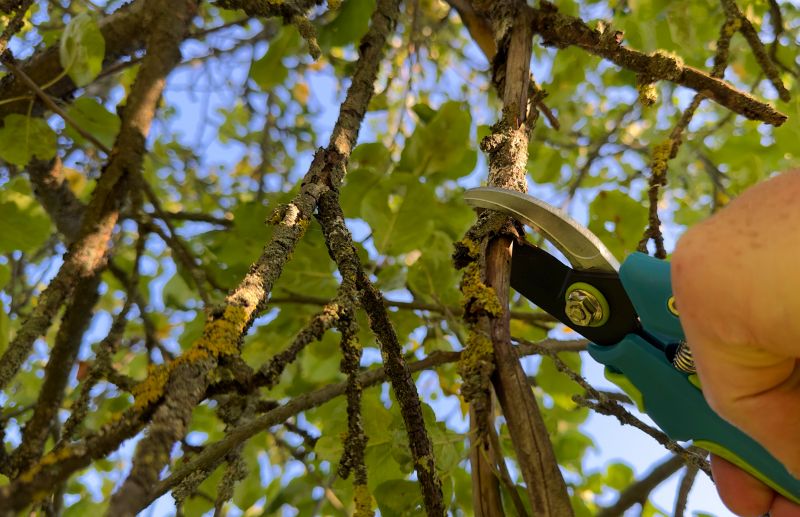
Early spring is ideal for shaping and removing dead or damaged branches before new growth begins.
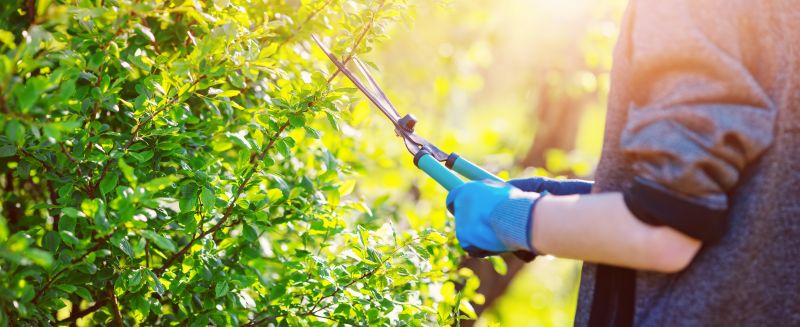
Light trimming during summer encourages fuller growth and controls size.
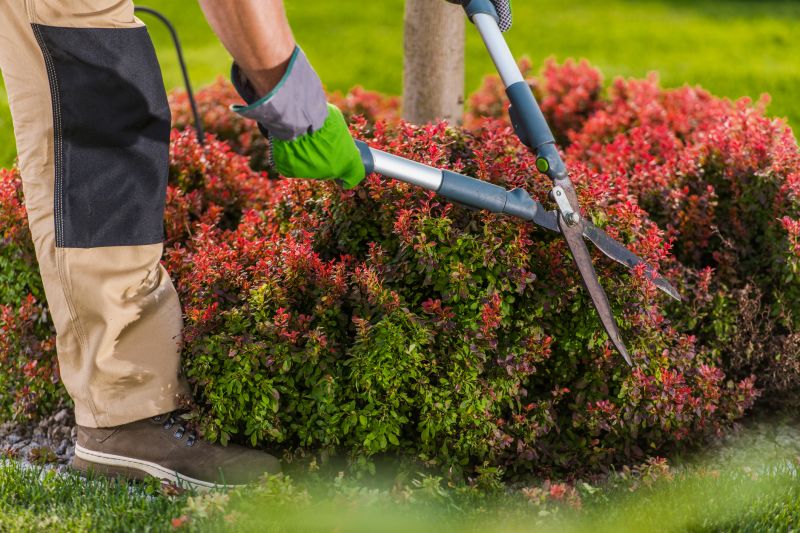
Late fall trimming prepares shrubs for winter and promotes healthy growth in the next season.

Ways to make Shrub Trimmings work in tight or awkward layouts.

Popular materials for Shrub Trimmings and why they hold up over time.
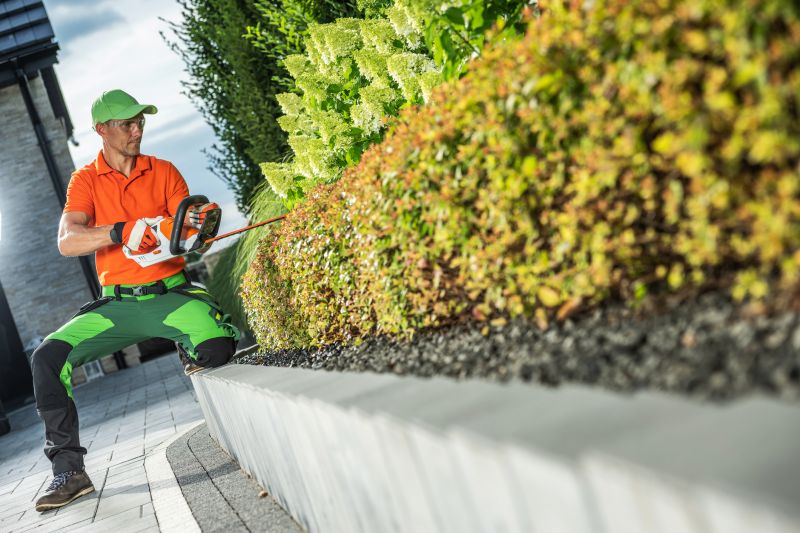
Simple add-ons that improve Shrub Trimmings without blowing the budget.

High-end options that actually feel worth it for Shrub Trimmings.
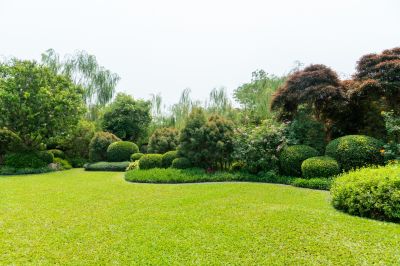
Finishes and colors that play nicely with Shrub Trimmings.
Trimming at the right time helps prevent stress, reduces disease risk, and encourages optimal flowering and fruiting.
Most shrubs have specific growth cycles; trimming outside these periods can hinder development.
Removing dead or diseased branches during appropriate seasons maintains shrub health.
Timing trimming before or after flowering ensures vibrant blooms and healthy growth.
| Season | Best Practices |
|---|---|
| Spring | Trim before new growth begins; remove dead or damaged branches. |
| Summer | Perform light trimming; promote dense foliage. |
| Fall | Prune late in the season; prepare shrubs for winter. |
| Winter | Generally avoid trimming; focus on minimal maintenance if necessary. |
| Climate Note | In Kansas, early spring and late fall are most suitable for trimming. |
Shrub trimmings play a vital role in maintaining healthy and attractive landscapes. Proper timing of trimming activities supports growth cycles, enhances flowering, and prolongs the lifespan of shrubs. Regular maintenance aligned with seasonal changes ensures that shrubs remain vigorous and aesthetically pleasing.
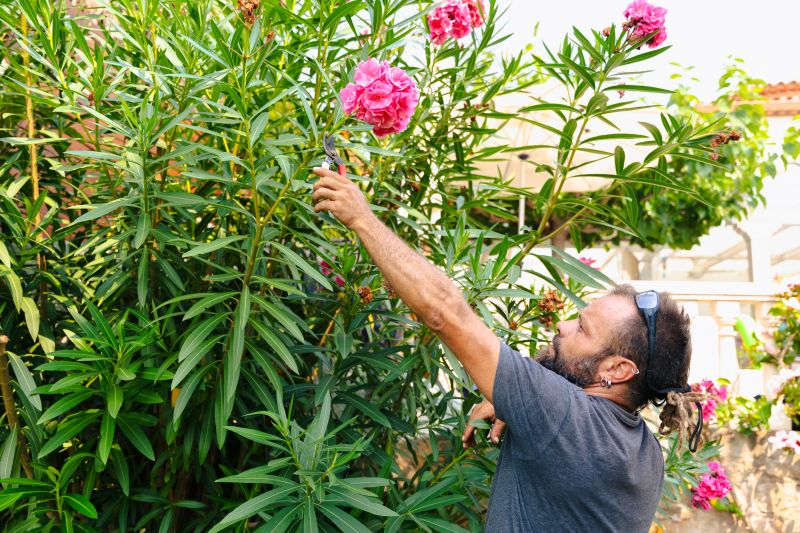
Proper trimming promotes strong, healthy growth.
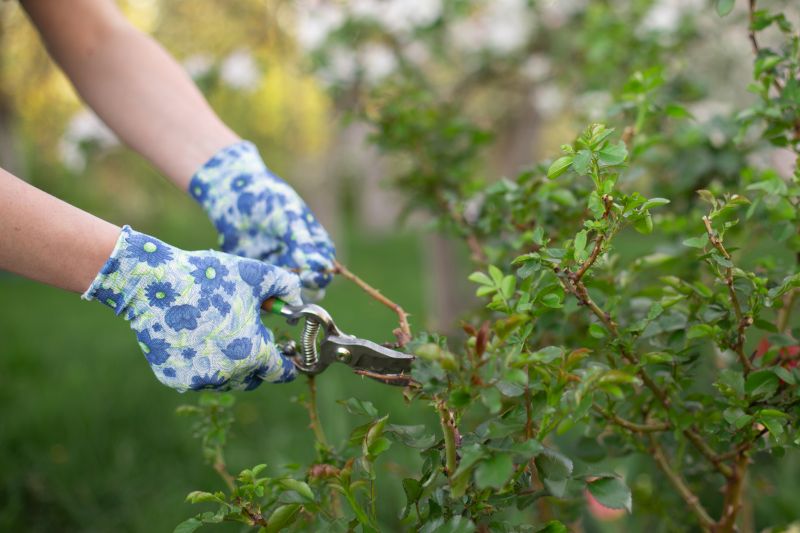
Use sharp, clean tools for effective trimming.
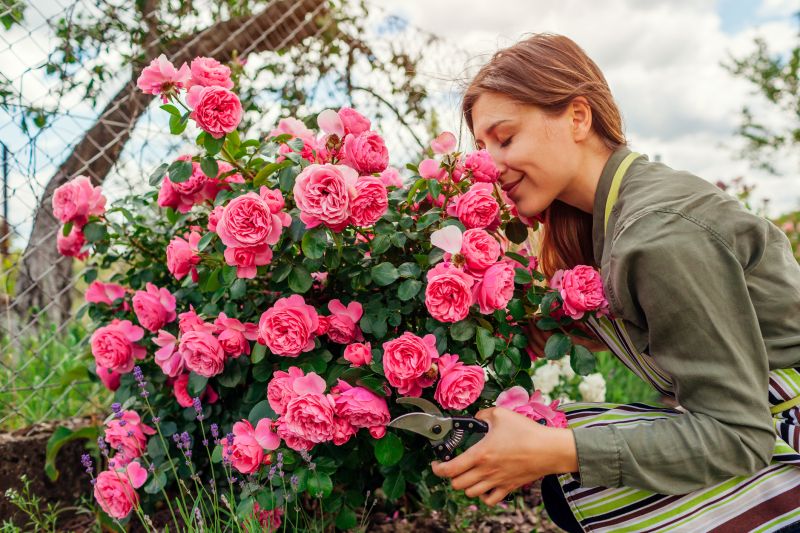
Timing affects bloom quality and quantity.
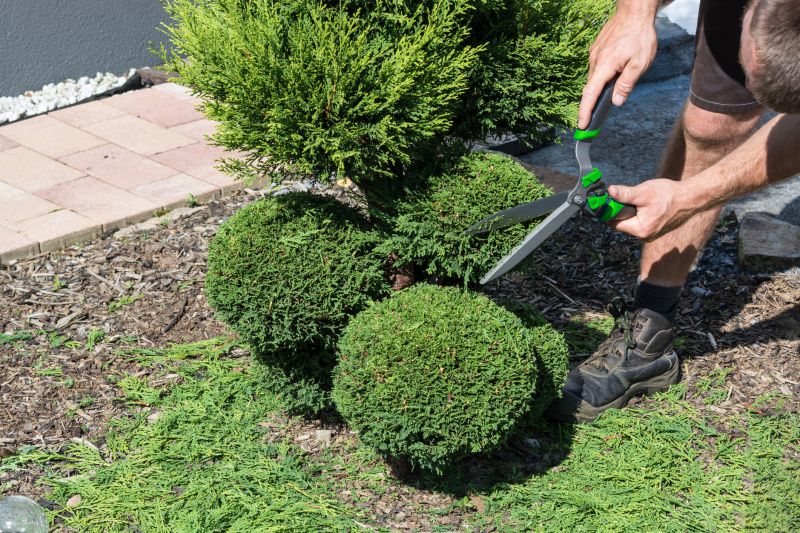
Understanding growth cycles guides trimming schedules.

Little measurements that prevent headaches on Shrub Trimmings day.

A 60-second routine that keeps Shrub Trimmings looking new.
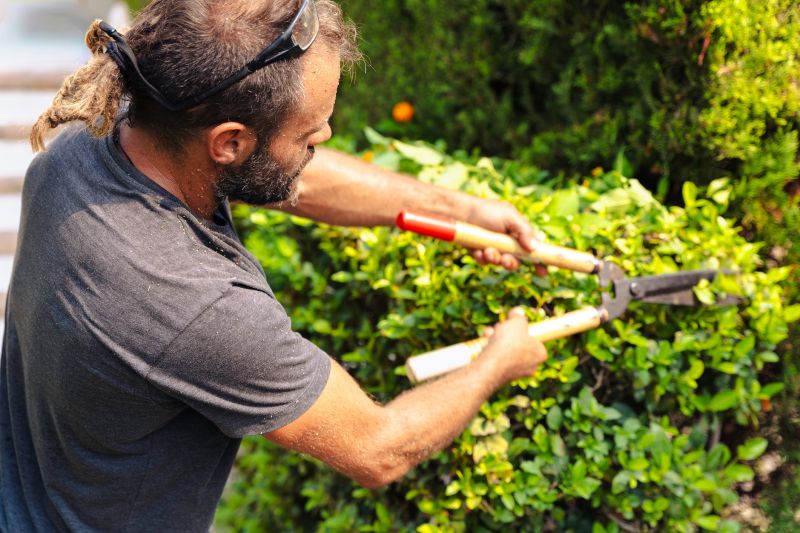
A frequent mistake in Shrub Trimmings and how to dodge it.
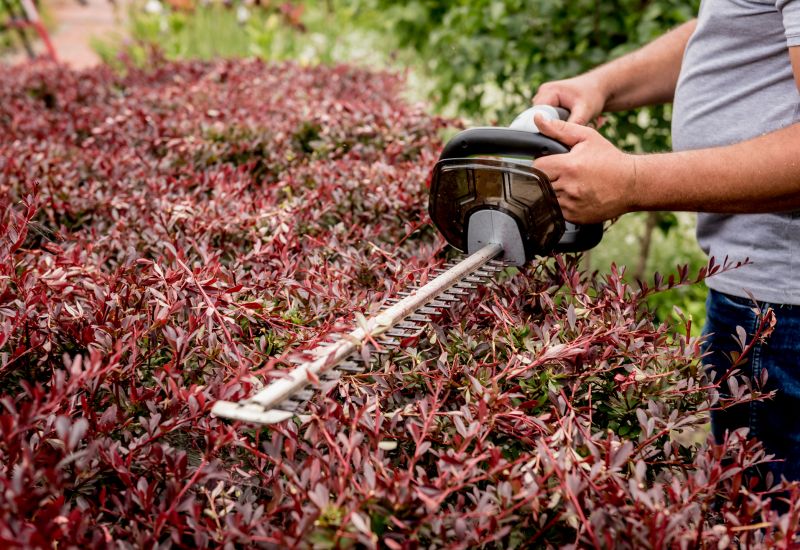
Small tweaks to make Shrub Trimmings safer and easier to use.
For those interested in maintaining vibrant and healthy shrubs, understanding the appropriate timing for trimmings is essential. Properly scheduled pruning can lead to better flowering, improved plant health, and a more attractive landscape. If assistance is needed, consider reaching out to local professionals for expert advice and services.
